Floating along a river offers a unique perspective on a destination—one that combines leisurely travel with front-row views of historic waterfronts and scenic landscapes. These waterways have shaped civilizations for millennia, with towns developing around their banks and local cultures intimately connected to their flows. The rhythmic pace of river travel allows visitors to absorb the surrounding beauty while enjoying a more intimate connection with both nature and centuries of human history. The world’s most remarkable river towns have embraced their waterways as central to both their identity and tourism appeal.
Here is a list of 13 destinations where experiencing the town from its river provides an unforgettable journey.
Luang Prabang, Laos

Nestled at the confluence of the mighty Mekong and Nam Khan rivers, this UNESCO World Heritage town presents a perfect blend of French colonial architecture and traditional Lao temples. Wooden longboats with colorful canopies shuttle visitors along the coffee-colored Mekong, offering views of limestone karsts rising from the shoreline and monks in saffron robes collecting morning alms along the riverbanks.
The perspective from the water reveals hillside temples and staircases leading to shrines that remain hidden from street level. As evening approaches, the setting sun casts golden light across the water while riverside markets come alive with locals selling freshly caught fish and handcrafted goods.
Aswan, Egypt

The Nile flows lazily around granite islands and past sandy shores in this southernmost Egyptian city, creating one of the most picturesque sections of the world’s longest river. Traditional wooden feluccas with billowing white sails have navigated these waters for centuries, their ancient silhouettes gliding past palm-fringed shores and the massive dunes that occasionally reach right to the water’s edge.
From the river, visitors can spot the domed mausoleum of Aga Khan perched on the western bank, while Elephantine Island reveals archaeological sites that date back thousands of years. The contrast between the lush green riverbanks and the harsh desert just beyond creates a dramatic visual boundary that highlights the Nile’s life-giving properties in this arid region.
Like Travel Pug’s content? Follow us on MSN.
Hoi An, Vietnam
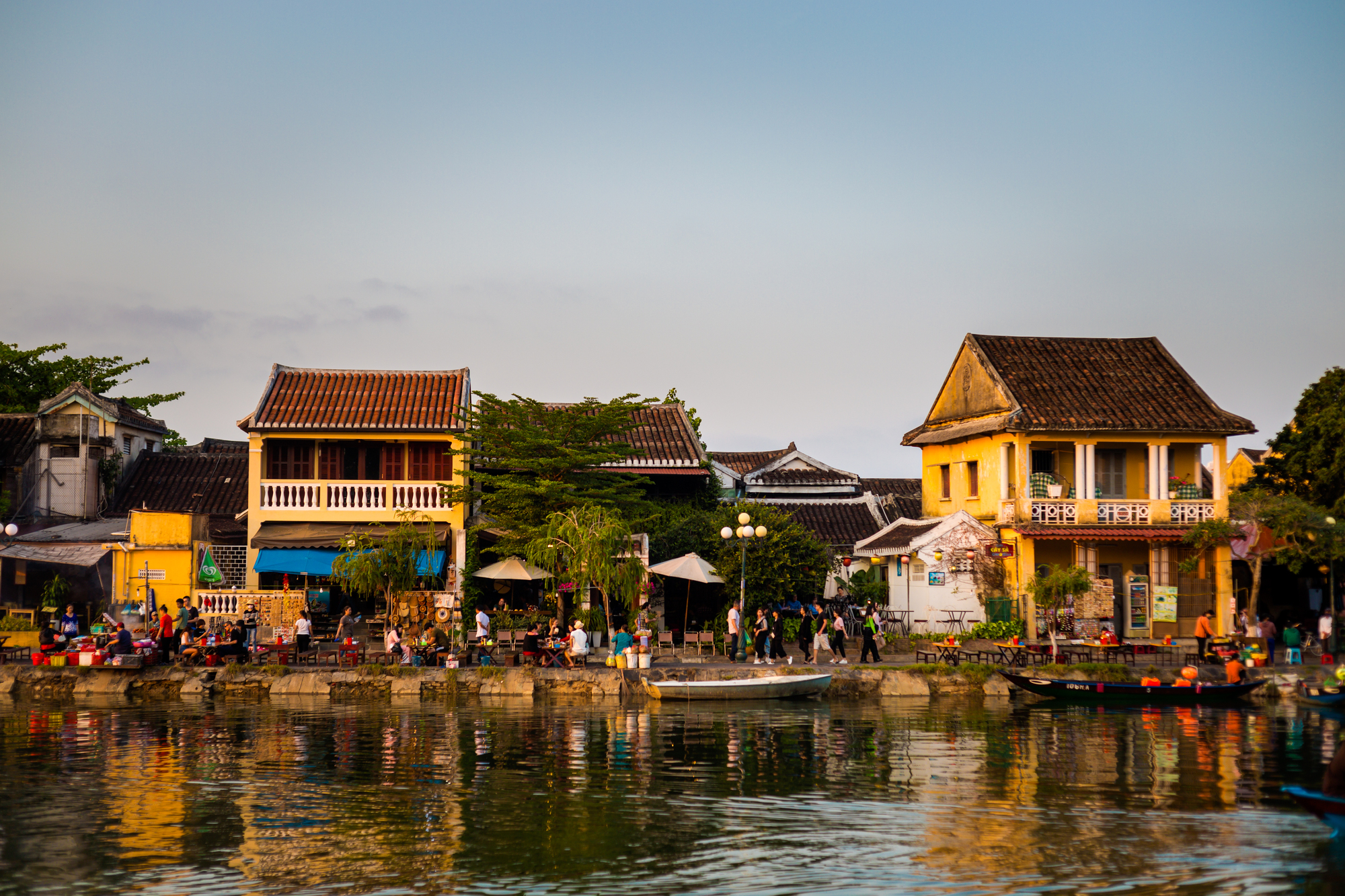
This ancient trading port on the Thu Bon River maintains its 15th-century character with wooden merchant houses and Japanese-covered bridges illuminated by silk lanterns after dark. Small wooden boats captained by local women in conical hats ferry visitors along the waterway, providing views of the ochre-colored buildings whose weathered facades tell stories of centuries of commerce.
During the monthly full moon festival, hundreds of floating paper lanterns transform the river into a ribbon of moving light, creating magical reflections on the water’s surface. The slower pace of river travel in traditional sampan boats allows visitors to absorb the town’s architectural details while watching fishermen cast nets using techniques unchanged for generations.
Berat, Albania
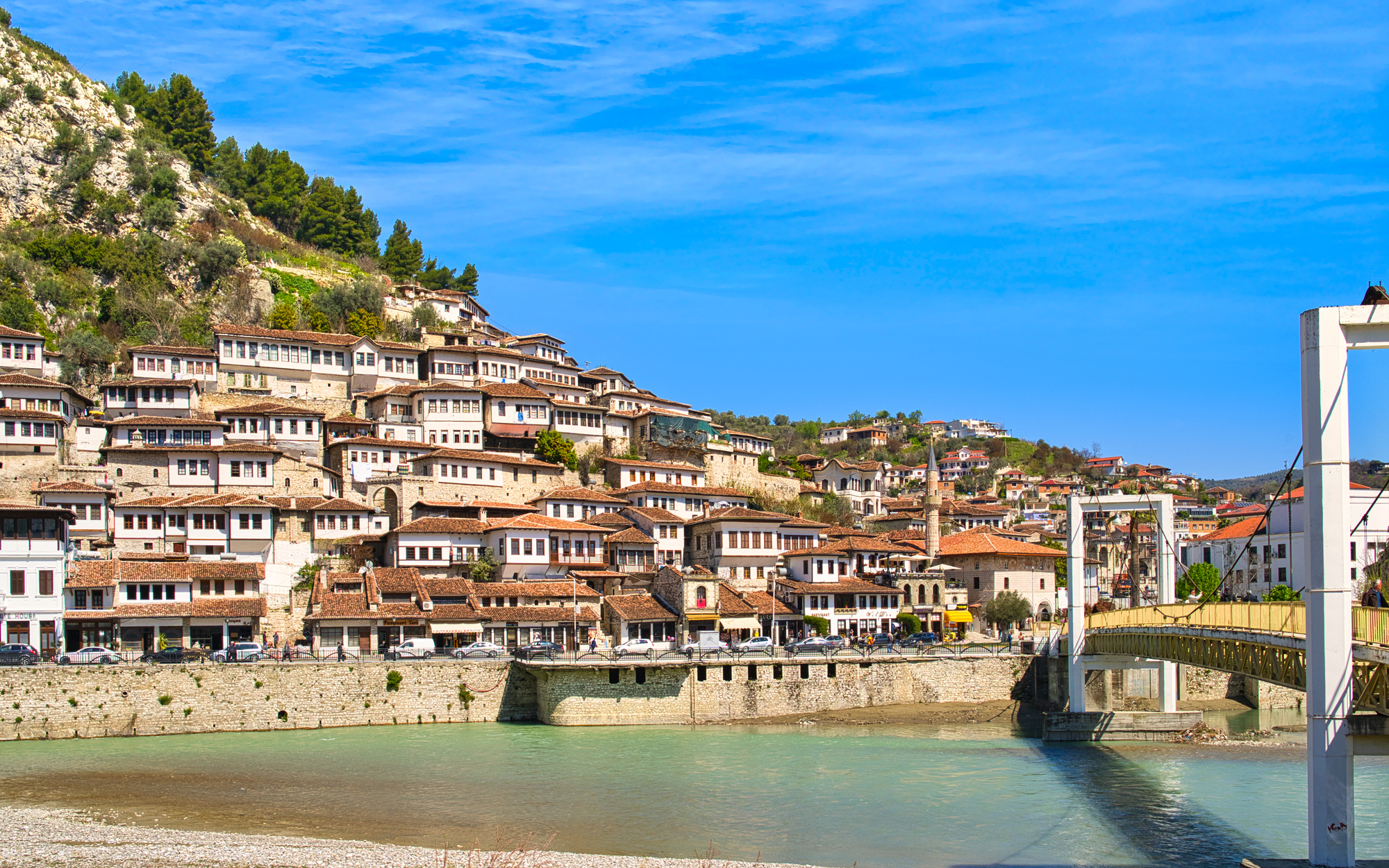
Often called the ‘City of a Thousand Windows,’ Berat’s white Ottoman houses climb the hillside above the Osum River, creating a stunning amphitheater effect visible only from the water. Small boats navigate the emerald waters beneath the town’s imposing castle, offering unparalleled views of the tiered white buildings whose numerous windows give the town its nickname.
The river journey reveals how the settlement evolved with defensive positions atop the hill while maintaining access to the life-sustaining waterway below. Sunset cruises showcase the town in its most flattering light as the white buildings take on a golden hue and their reflections shimmer on the river’s surface.
Băile Herculane, Romania

Tucked into a dramatic gorge along the Cerna River, this historic spa town combines Belle Époque architecture with the verdant wilderness of the Carpathian Mountains. Small wooden rafts and guided boats navigate the crystal-clear river between towering limestone cliffs, passing thermal springs where wisps of steam rise from the riverbanks even in winter.
The Habsburg-era buildings appear and disappear behind bends in the river, creating an almost mystical atmosphere enhanced by occasional mist hanging over the water. Local legends claim the healing waters were used by Hercules himself, and the Roman ruins visible from certain stretches of the river lend credence to the area’s ancient appeal as a wellness destination.
Like Travel Pug’s content? Follow us on MSN.
St. Goar, Germany
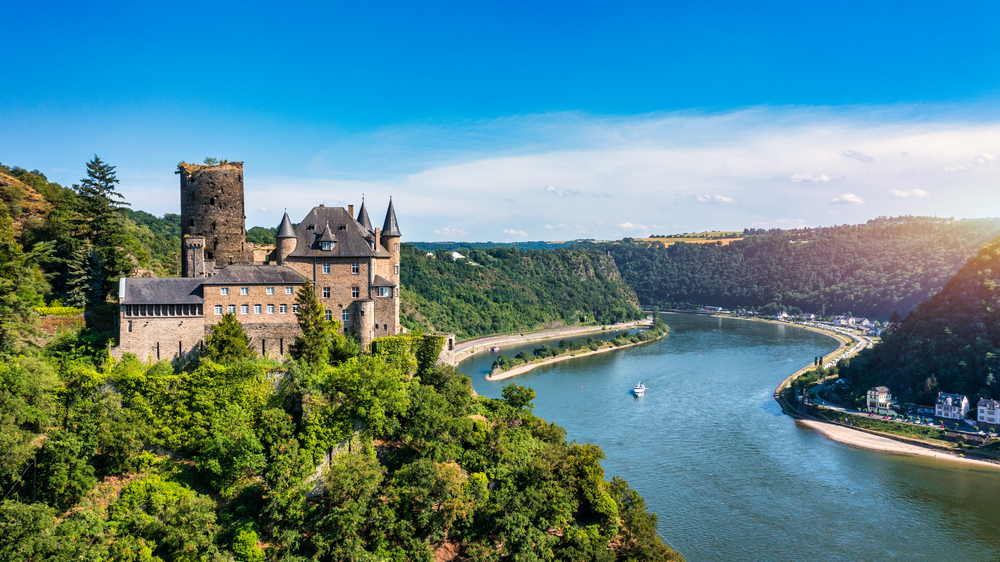
Positioned at one of the most dramatic sections of the Rhine Gorge, this small German town sits in the shadow of the imposing Rheinfels Castle ruins. River cruises through the Upper Middle Rhine Valley—a UNESCO World Heritage site—pass vineyard-covered slopes that rise steeply from both banks, dotted with medieval castles seemingly positioned around every bend.
From the water, visitors can appreciate the defensive positioning of these fortifications while catching glimpses of the legendary Lorelei Rock, where a siren reportedly lured sailors to their doom. The neat rows of grapevines tracing the contours of the hillsides tell the story of the region’s 2,000-year winemaking tradition, with terraced vineyards creating a distinctive pattern visible only from the river perspective.
Yangshuo, China

Set among the otherworldly karst mountains along the Li River, this former fishing village has become renowned for landscape scenes so iconic they appear on the Chinese currency. Bamboo raft cruises drift past limestone peaks that rise abruptly from the earth like giant green thumbs, often shrouded in mist that occasionally parts to reveal farmers working with water buffalo in the fields.
The reflected mountains create perfect mirror images on the water’s surface during calm mornings, doubling the visual impact of this remarkable landscape. Traditional cormorant fishermen still practice their ancient craft along certain stretches, standing on bamboo rafts with lanterns while their trained birds dive for fish.
Varanasi, India
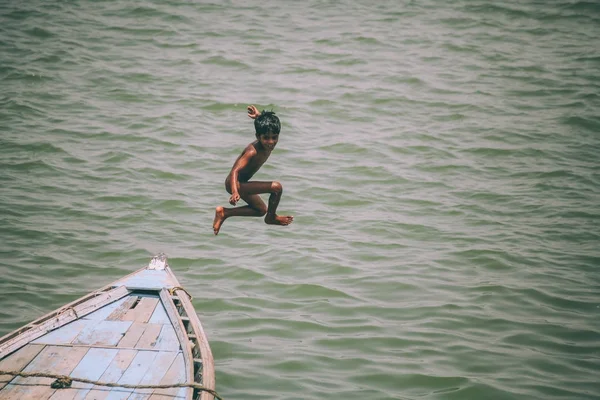
India’s spiritual capital stretches along the western bank of the sacred Ganges River, with stone ghats (steps) descending into the water for more than four miles. Dawn boat rides reveal thousands of pilgrims performing ritual ablutions and prayers as the first rays of sunlight illuminate the ancient temples and palaces rising above the riverbank.
The evening Ganga Aarti ceremony transforms the river into a floating spectacle of fire and flowers, with brass lamps creating dancing reflections on the dark water. From a simple wooden boat, visitors witness both daily life and profound spiritual rituals playing out along this waterway that Hindus consider the liquid form of the goddess Ganga herself.
Like Travel Pug’s content? Follow us on MSN.
Tigre, Argentina
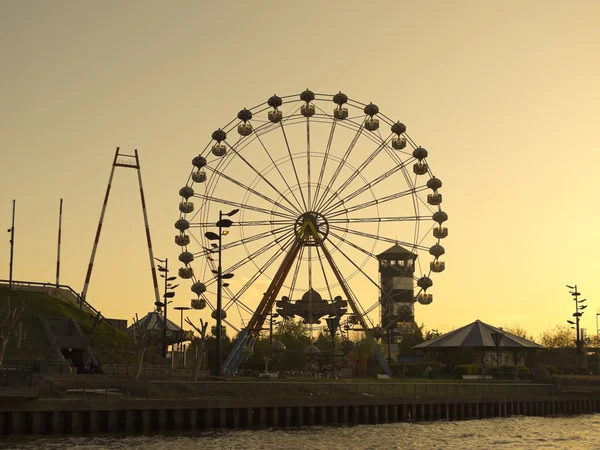
Just 17 miles from Buenos Aires, this delta town consists of hundreds of islands crisscrossed by waterways that serve as the main transportation routes through the region. Wooden water taxis navigate the tea-colored tributaries of the Paraná River past stilted houses, floating markets, and lush vegetation that creates a jungle-like atmosphere surprisingly close to Argentina’s capital.
The boat journey reveals a way of life entirely dependent on the river, where children commute to school by boat, and mail delivery comes via water. The contrast between wild nature and human habitation creates a fascinating landscape where garden patios seem to float directly on the water, and residents wave from wooden docks that serve as their front porches.
Tortuguero, Costa Rica
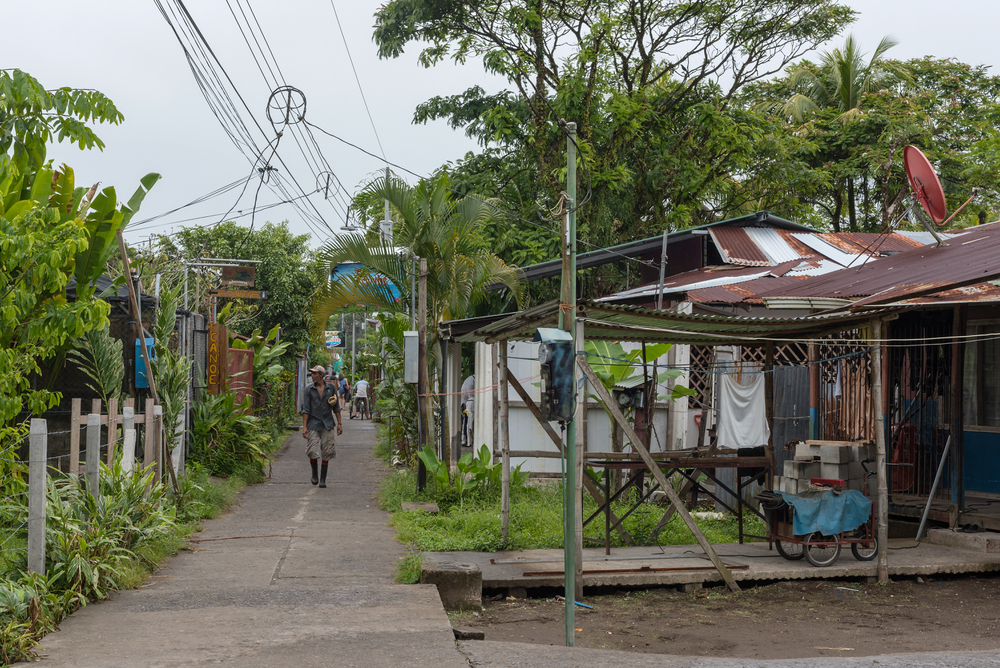
Accessible only by boat or small aircraft, this remote village stretches along a narrow strip of land between the Caribbean Sea and a labyrinth of freshwater canals. Guided boat tours through the biodiverse waterways of Tortuguero National Park reveal caiman sunning on logs, howler monkeys swinging through the canopy, and toucans flashing their colorful bills against the green backdrop.
The village itself appears gradually from the water as colorful Caribbean-style houses emerge from the dense rainforest that presses close on all sides. During turtle nesting season, evening boat trips allow visitors to witness the ancient ritual of sea turtles returning to lay eggs on the same beaches where they hatched decades earlier.
Kampot, Cambodia
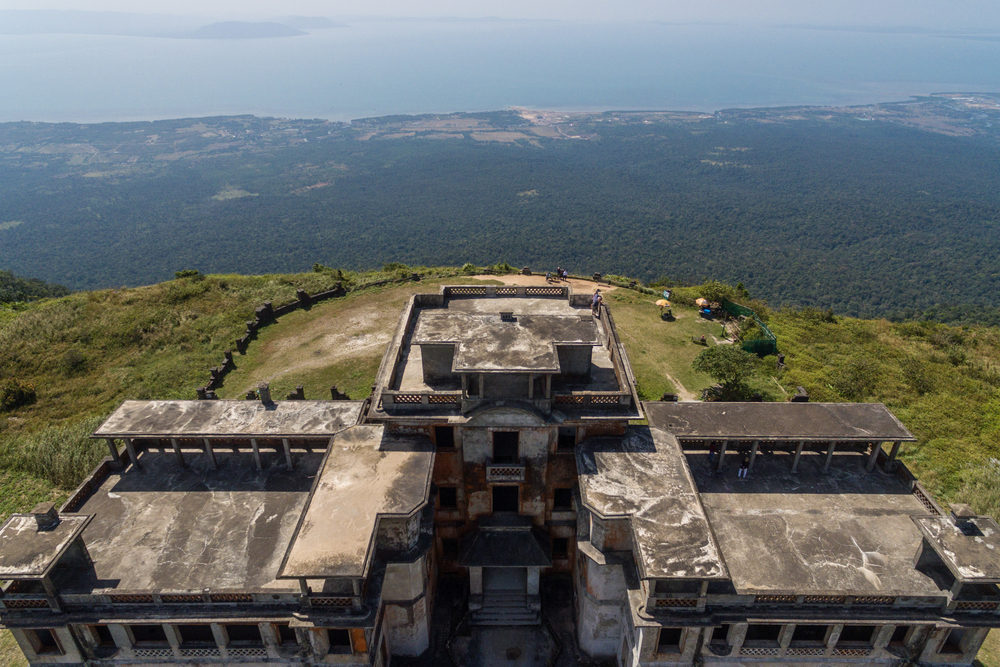
This sleepy colonial town sits along the banks of the Praek Tuek Chhu River with the misty outline of Bokor Mountain creating a dramatic backdrop. Sunset river cruises pass through green rice paddies and pepper plantations that produce the region’s famous Kampot pepper, with traditional fishing platforms extending into the water on spindly wooden legs.
The river widens as it approaches the Gulf of Thailand, creating a perfect viewing platform for the vivid orange and pink sunsets reflected in the calm waters. Local crab fishermen wade in the shallows near the river mouth, demonstrating traditional harvesting methods that have sustained the region’s cuisine for generations.
Like Travel Pug’s content? Follow us on MSN.
Český Krumlov, Czech Republic
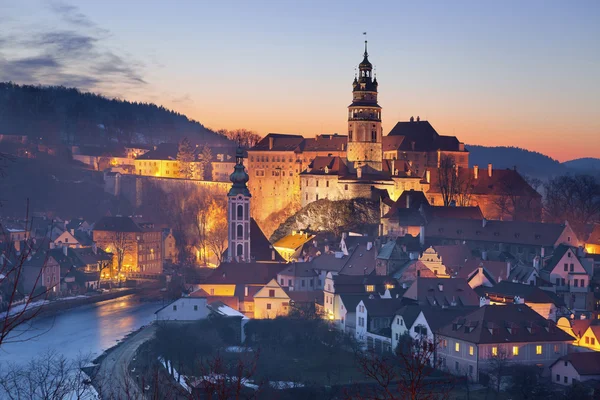
The Vltava River wraps around this fairytale town in a tight horseshoe bend, embracing the medieval buildings and massive castle complex that dominates the settlement. Traditional wooden rafts navigate the gentle rapids, passing under stone bridges while providing unique perspectives of the Baroque castle tower reflected in the water below.
The town appears to rise organically from the riverbanks, with buildings seemingly stacked upon one another up the hillside—a layout only fully appreciable from the water. During summer evenings, the illuminated castle and church spires create magical reflections on the river’s surface while musicians sometimes play from cafes along the waterfront.
Miltenberg, Germany

This perfectly preserved medieval town curves along a narrow strip between the Main River and a steep forested hillside crowned by a castle. Timber-framed buildings in red, white, and black create a storybook facade visible from passing river cruises, with the entire Old Town appearing like an open-air museum frozen in time.
The marketplace square, with its pointed gables and carved wooden details, opens occasionally to the river view, revealing how the town developed as a crucial trading post along this important waterway. From the river perspective, visitors can appreciate how the settlement adapted to its limited space, building upward rather than outward due to the natural boundaries of water and mountains.
The Flow of History and Culture

These river towns represent humanity’s enduring connection to waterways that have served as lifelines, trading routes, and spiritual centers throughout our history. Experiencing these destinations from their rivers provides not just spectacular views but a deeper understanding of how water has shaped both the physical landscape and cultural identity of each place.
Whether gliding past ancient temples on the Mekong or beneath medieval castles on the Rhine, river cruising offers a perspective that connects visitors to both the natural world and centuries of human civilization—all while moving at the perfect pace to absorb the surrounding beauty truly.
Like Travel Pug’s content? Follow us on MSN.
More from Travel Pug

- Cities Growing so Fast You Won’t Recognize Them in 10 Years
- 13 Destinations Where Tourists Regularly Regret Their Trip
- 16 U.S. Cities That Are Quietly Becoming Travel Hotspots
- Where to Travel If You Love Long Bus Rides and Daydreams
- 20 Cities Perfect for Solo Travelers Who Crave Adventure & Culture
Like Travel Pug’s content? Follow us on MSN.
